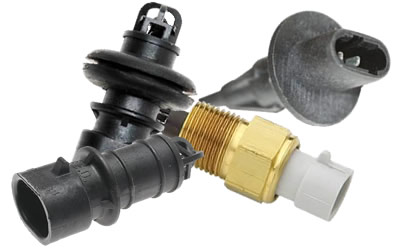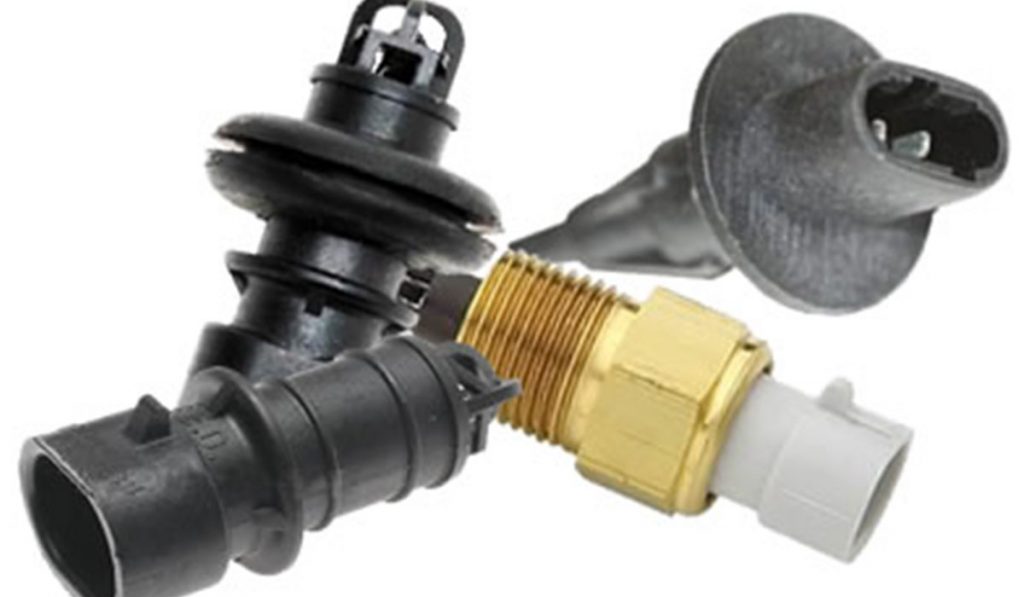Last updated on December 13th, 2021 at 04:18 pm
IAT TEMP|BMW Intake Air Temperature Sensor Symptoms( Intake air temperature sensor location )
Did you hear your car’s engine making a knocking sound? Or discovered a drop in acceleration? If you did then it is possible that the Intake Air Temperature Sensor (IAT) is broken and you need to fix it immediately to avoid serious damages to the engine. In this post, you will learn what the symptoms are and what it means when you have a bad intake air temperature sensor.
Related articles:
- Does a Mass Airflow Sensor Need to be Programmed After Replacement
- How to Change BMW I3 Battery Replacement Cost & Where to Buy BMW i3 12V Battery
- How to fix a fuel pump without replacing it |Temporary fuel pump fix
- How reliable are BMW 328i , 320i, & BMW 350i (Most Reliable BMW 3 series)
IAT TEMP |BMW Intake Air Temperature Sensor location & Symptoms of IAT Temp.
Let us start with a list of the symptoms.
Intake Air Temperature Sensor Symptoms
Signs of a Bad Intake Air Temperature Sensor
If the IAT sensor is broken or fails, it will give you some symptoms to enable you to know exactly the specific component that has a fault.
- 1. Drop-in Acceleration
Because of a faulty sensor, the Engine control sensor PCM will wrongly assume that the air outside is colder or warmer than it really is. This wrong calculation will lead to a reduction in acceleration.
- 2. Hard Cold Start Condition
There are some engines that depend on signs from the IAT sensor to start the cold start injector program. But, when the sensor sends a wrong signal, the cold start injector may not work properly and lead to a hard cold start.
- 3. EGR Valve Affected
In other cars, the PCM makes use of the air temperature to manage the EGR Valve. But with a faulty IAT sensor, the operation of the EGR Valve may be affected.
- 4. Poor Fuel Economy
In standard operating situation, the car’s computer in the engine constantly adjusts the air quantity and the fuel mixture for fuel-efficiency. Since the engine control unit depends on this data from the IAT sensor a false signal will mean poor fuel efficiency.
Read also: Valve Cover Gasket Replacement Cost BMW + Symptoms and What are the BMW 3 Series Models
Diagnostic Trouble Codes Associated With the IAT
The broken intake air temperature sensor normally sets off two codes: P0112 or P0113
- The P0112 code shows that the IAT sensor is working at a low voltage and giving a temperature of about 300 °F (149 °C).
- The P0113 code is triggered by a high circuit voltage and means that the IAT sensor is giving a temperature of about -38 °F (-39 °C).
What is an Intake air temperature sensor?
The Intake air temperature sensor or IAT sensor’s primary duty is to check the temperature of the air that enters your vehicle. This data is vital for the ECU numerous calculations and functions. This calculations of the air density are for better timing of ignition and fuel consumption efficiency.
The engines’ computer needs this information to enable it to stay constant and regulate the ratio of air to the fuel for the combustion engine. This will give better combustion and fuel efficiency.
Scientific facts show that hot air is lighter than cold air in thickness and so, cooler air would require more fuel to burn with the fuel inside the engine.
Therefore, if the fuel and the air mixture is not accurate, the vehicle will perform below its installed capacity and cause fuel consumption to increase.
Furthermore, the computer inside the engine uses this information to regulate when to inject fuel automatically, only when it is required. This becomes very important when there are extreme weather conditions of cool winter nights and hot winds of summer, and to get the accurate air-fuel ratio to maintain peak performance and the level of emission from the vehicle.
Intake Air Temperature Sensor Location
Where is the IAT sensor located?

The location of the IAT varies in different car designs. Use your car manufacturer’s service manual to locate it in your car. The intake temperature sensor is inbuilt to your mass airflow sensor.
In addition, the Intake Air Temperature (IAT) senor of your automobile is built into the left side of the intake manifold. Also, it may be on the throttle body alongside the intake manifold.
How to Diagnose a bad or failed air intake temperature sensor
To diagnose whether the IAT is bad is easy. All you need is a multimeter, a scanning tool, wire piercing probe, and other tools that can reach it.
so, test to know the problem instead of replacing the IAT sensor. Follow this step by step guide to know when the IAT sensor is bad.
- Keep the service manual of your vehicle by your side
- find the sensor and clean the area with brake cleaner or other fluid-like it
- Join the OBD2 scanner to your car.
- Start the engine
- Examine the live data and check the temperature of the IAT sensor. Usually, the temperature readings should be 10 degrees more or less than the vehicle’s ambient temperature depending on the outside temperature and the temperature of the engine.
- If the readings are not sensible, there could be a problem with your IAT sensor or the wirings to it.
- So, attempt to clean the intake air temperature sensor carefully with brake cleaner or electric cleaner
- Ensure that the connections are proper and wiring is in good condition
- Confirm once again if the readings are fixed with your OBD2 scanner.
- If what you get from this reading changes, there might be corrosion inside the connector for the IAT/MAF sensor.
- But, if the temperature is over 300 degrees or does have a low unrealistic value, check the wires of the MAF sensor/IAT as they may be damaged.
IAT Temp Sensor Replacement or Adjustment
Because the Air Temperature Sensor is in a solid-state you cannot adjust it. But, you can clean the sensor if it is dirty or blocked and it will work like a new component again. To clean the sensor, you have to remove it from the intake manifold and then use an electronic cleaner to spray the identified area.
You should not use any other type of cleaner because it could spoil other components or plastic housing.
Installing a New Air Temperature Sensor
To install a new IAT sensor is easy although it needs some basic tools like a pair of gloves, a new IAT sensor, and safety glasses.
- Step 1: Begin by finding the IAT sensor located in the air intake boot, at the intake manifold or inbuilt with the MAF sensor.
- Step 2: Detach the negative terminal of the battery.
- And Step 3: examine the IAT sensor and take out its electrical connector.
- Step 4: Next, take out the IAT sensor by either pulling it straight or unscrewing it.
- At step 5: then fix the new IAT sensor
- Step 6: Finally, reconnect the electrical connector and the battery terminal.
BMW Intake Air Temperature Sensor Location
Please Watch this for a few specifics on BMW intake air temperature sensor location and replacement. The video will do a better job of explaining and showing you the location.
IAT sensor replacement cost
The standard replacement cost of the IAT sensor is between $60 and $110. While the labor charge is between $20 and $70. Also, the parts of the IAT cost between $100 and $150.
Please note that the cost of replacing the IAT sensor varies depending on the type and the manufacturer of your vehicle and the time you are buying the parts. For most vehicles, you will pay a sum of $163 to replace an Intake air temperature sensor.
However, the price range for most vehicles on average is from $80 to $270.
Whereas for some vehicles, you can get the part for replacing the sensor at $7 plus the added cost of about $100 to $150 for the labor cost. Here again, labor cost varies and depends on the mechanic.
Conclusion
In this article, we explored what Intake Air Temperature Sensor Symptoms are and what it means when you have a bad intake air temperature sensor. Furthermore, we gave you a list of the symptoms and how to replace it. Now that you know these steps, doing it yourself in this easy. So, use the guide to save the labor charge.
What To Read Next: How to start a BMW with a bad starter
Vehicle Speed Sensor Troubleshooting & Testing Guide:













